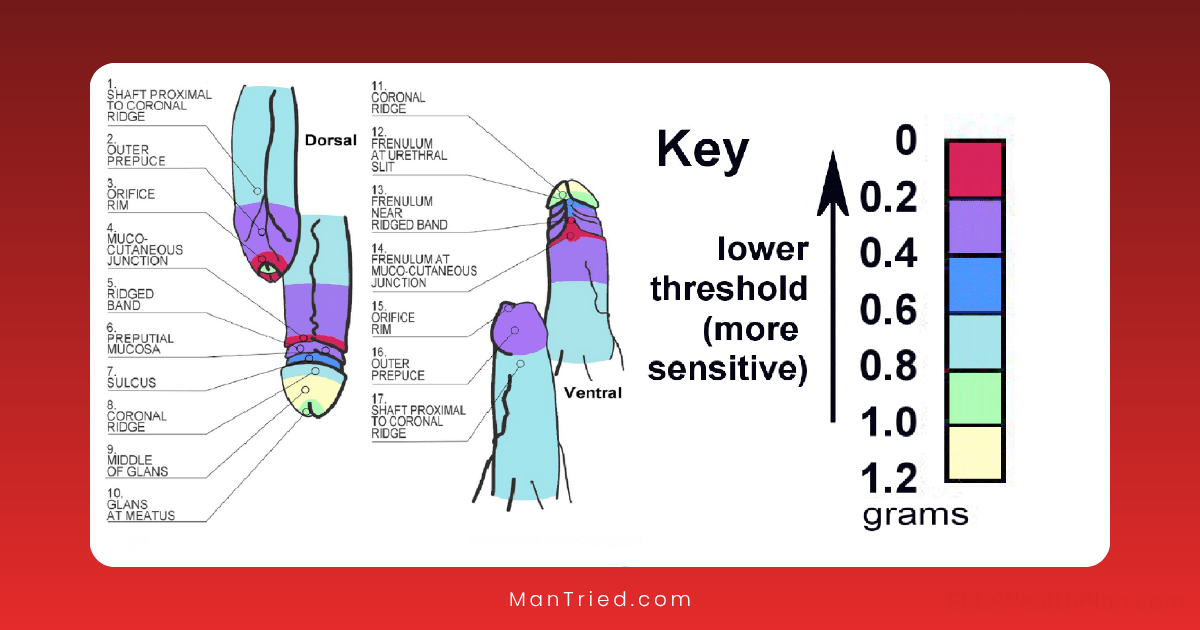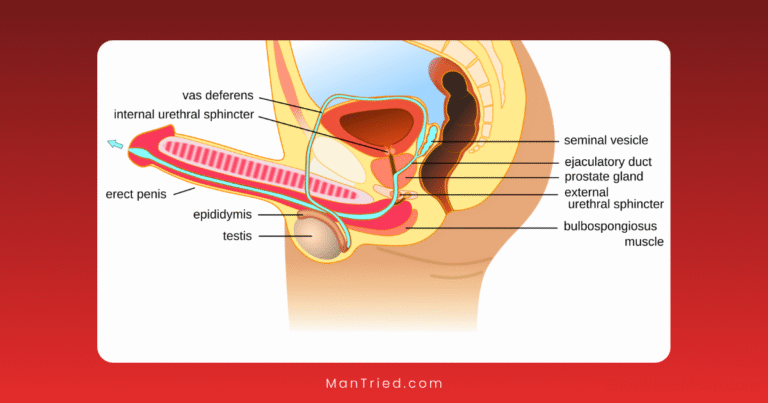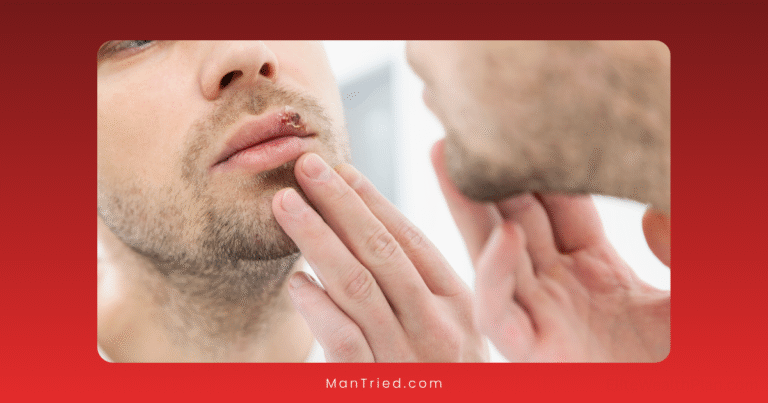Penile Sensitivity Mapping: Understanding Your Personal Pleasure Zones

Have you ever wondered why certain touches feel incredible while others barely register? The answer lies in your unique sensitivity map—a personal blueprint of pleasure that’s as individual as your fingerprint. Today, we’re diving deep into penile sensitivity mapping: what it is, why it matters, and how to discover your own pleasure landscape.
What is Penile Sensitivity Mapping?
Sensitivity mapping is the process of exploring and documenting which areas of your penis respond most intensely to different types of touch. Think of it as creating a personalized pleasure atlas that can enhance solo sessions and guide partners to your most responsive zones.
According to a 2023 study published in the Journal of Sexual Medicine, sensitivity patterns vary significantly between individuals, with some men reporting up to 300% more sensitivity in certain areas compared to others. This remarkable variation explains why generic advice often falls short—your pleasure map is uniquely yours.
The Neuroscience Behind Pleasure
Before we grab our metaphorical cartography tools, let’s understand what makes certain areas more sensitive than others.
The penis contains thousands of specialized nerve endings designed to transmit pleasure signals to the brain. The International Society for Sexual Medicine reports that the average penis contains approximately 4,000 nerve endings concentrated in several key areas, but their distribution varies from person to person.
These nerve endings respond to:
- Pressure
- Vibration
- Temperature
- Friction
- Stretching
Each type of nerve responds differently to stimulation, which explains why varying techniques can produce such different sensations.
Key Zones to Explore
While your personal map will be unique, these regions typically contain high concentrations of pleasure-receptive nerve endings:
1. The Glans (Head)
The glans contains the highest concentration of nerve endings in the penis—approximately 4,000, according to Healthline. The corona (ridge) and frenulum (the V-shaped area on the underside) are often especially responsive.
Exploration technique: Try gentle circular motions with a lubricated finger, varying pressure from feather-light to moderate.
2. The Frenulum
Often called the “male sweet spot,” this small V-shaped area on the underside where the glans meets the shaft contains a dense cluster of nerve endings. For many men, this is the primary trigger point for orgasm.
Exploration technique: Apply gentle up-and-down strokes with a lubricated fingertip or tongue.
3. The Shaft
Sensitivity varies along the shaft, with some men reporting “hot spots” on the underside or sides. The shaft contains different nerve endings than the glans, often responding better to pressure and friction than light touch.
Exploration technique: Experiment with different grips, pressures, and stroking patterns to identify your most responsive areas.
4. The Scrotum and Testicles
The scrotal skin contains specialized nerve endings that respond to gentle stretching and light touch. The sensitivity here is different—often more diffuse but capable of creating powerful whole-body sensations.
Exploration technique: Try very gentle tugging, rolling, or cupping with lubricated hands.
5. The Perineum
This often-overlooked area between the scrotum and anus is packed with sensitive nerve endings and provides indirect stimulation to the internal portion of the penis and prostate.
Exploration technique: Apply firm pressure with two fingers and make small circular motions.
6. The Pubic Mound
The area where the shaft meets the body contains nerve endings that respond to pressure and can enhance overall arousal.
Exploration technique: Press firmly at the base of the penis while stimulating other areas.
Creating Your Personal Pleasure Map
Ready to chart your own territory? Here’s how to conduct your own sensitivity mapping session:
Step 1: Prepare Your Environment
Create a comfortable, private space where you won’t be disturbed. Gather supplies:
- A quality lubricant (water-based is versatile and safe with toys)
- A small notebook or digital document for recording findings
- Optional: different textured items (feather, silk, etc.) for varied sensations
- 30-60 minutes of uninterrupted time
Step 2: Warm-Up Phase
Begin with gentle full-body touch to relax and increase overall sensitivity. Research from the Kinsey Institute suggests that general arousal increases sensitivity in all erogenous zones.
Step 3: Systematic Exploration
Working methodically, explore each area of your genitals with different:
- Types of touch (stroking, circling, tapping, squeezing)
- Pressures (light, medium, firm)
- Speeds (slow, moderate, fast)
- Textures (if using different materials)
Step 4: Document Your Responses
Rate each combination on a scale of 1-10 for:
- Intensity of sensation
- Pleasure quality
- Arousal increase
- Orgasm potential
Note patterns like: “Firm pressure on left side of shaft with slow stroking: 8/10 pleasure, builds arousal gradually.”
Applying Your Findings
Once you’ve created your map, you can:
- Enhance solo sessions by focusing on your most responsive areas
- Guide partners with specific feedback based on your discoveries
- Experiment with toys designed for your most sensitive zones
- Track changes over time as sensitivity can evolve with age, health, and experience
According to Medical News Today, sharing your sensitivity map with partners can significantly increase satisfaction for both of you, with couples reporting up to 70% more fulfilling experiences when specific preferences are communicated.
Beyond Physical Mapping: The Mind-Body Connection
Your mental state dramatically affects sensitivity. Research from the Archives of Sexual Behavior shows that arousal can increase sensitivity by up to 40%, while stress or anxiety can significantly reduce it.
Techniques to enhance mind-body connection include:
- Mindful focus on sensations
- Rhythmic breathing
- Fantasy exploration
- Reducing performance pressure
When to Seek Professional Guidance
While sensitivity varies naturally, significant changes or problems may warrant medical attention. Consult a healthcare provider if you experience:
- Sudden loss of sensation
- Pain during arousal or touch
- Persistent numbness
- Difficulty reaching orgasm despite adequate stimulation
Organizations like the American Association of Sexuality Educators, Counselors, and Therapists (AASECT) can help locate qualified professionals.
Conclusion: The Map is Not the Territory
Remember that sensitivity mapping is an ongoing journey, not a one-time destination. Your responses may vary based on arousal level, stress, health, and countless other factors. The goal isn’t perfect documentation but rather increased self-awareness and enhanced pleasure.
By taking the time to explore and understand your unique patterns of sensitivity, you’re investing in more fulfilling sexual experiences, better communication with partners, and a deeper connection with your own body.
Have you discovered surprising sensitivity patterns? What techniques have enhanced your awareness? Share your thoughts in the comments below (but keep it tasteful, folks!).






